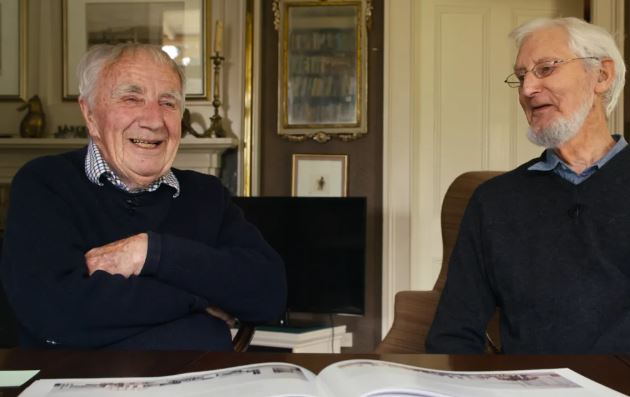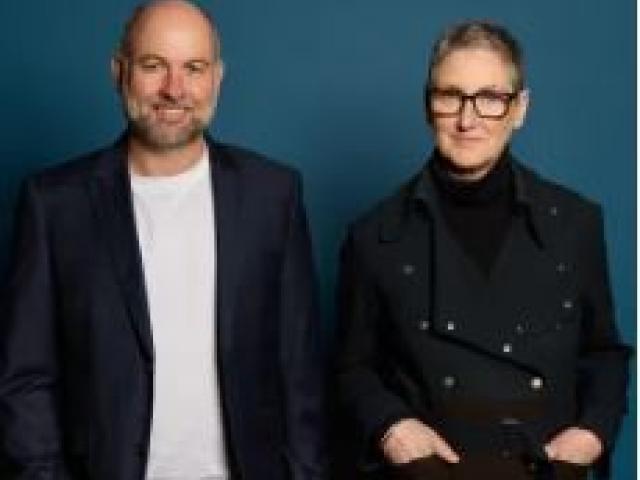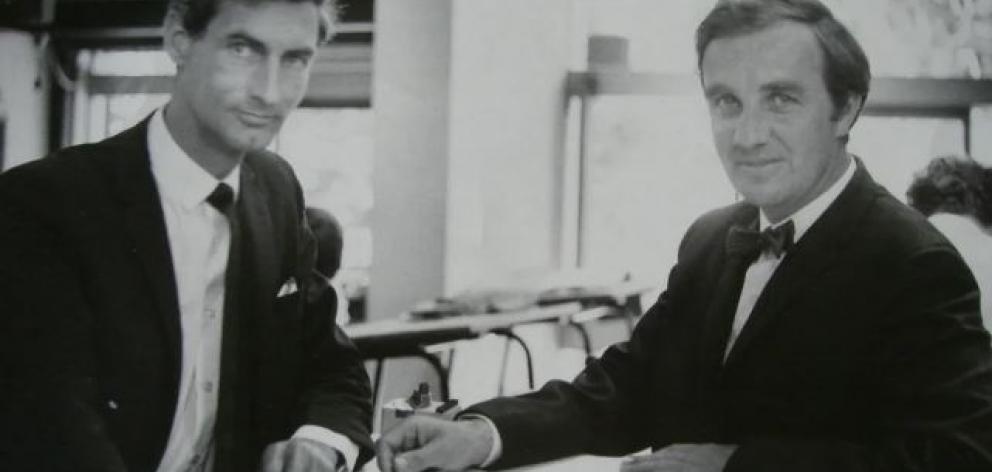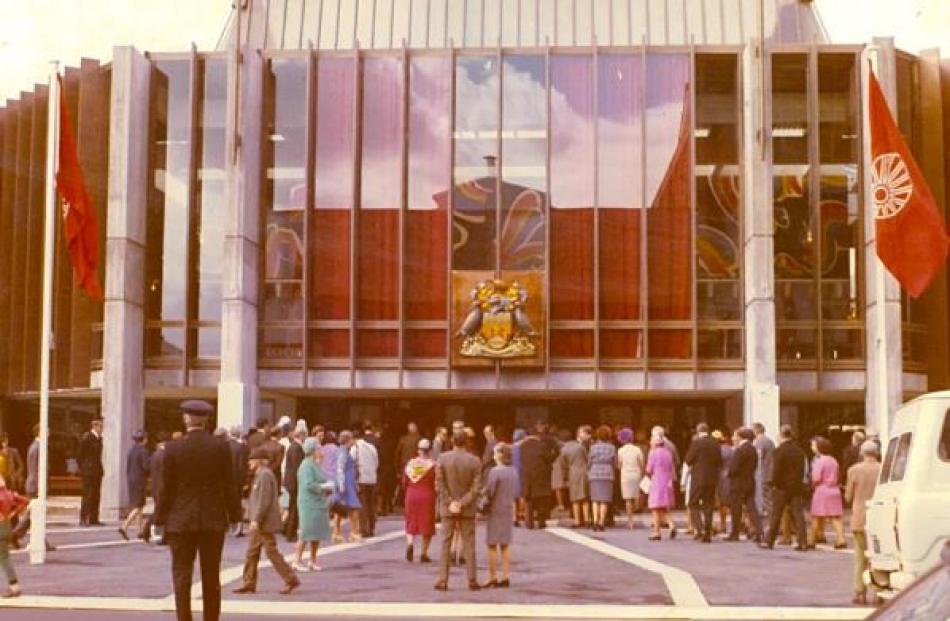

Co-director, producer and writer Rick Harvie had been making a short corporate documentary about the refurbishment of the Christchurch Town Hall and during his interviews, Sir Miles kept saying “Maurice and I” leading Harvie to realise perhaps there was another story to be told. Harvie met casting director and producer Jane Mahoney a few years later and told her about the idea to create a documentary about Sir Miles and her father - Maurice Mahoney.
Jane Mahoney and Rick Harvie spoke to Culture 101’s Perlina Lau.
The first part of the film looks at the friendship and meeting of the two future architects. Hailing from vastly different backgrounds, Warren attended private school Medbury before Christ College in Christchurch while Mahoney grew up in East London. From a working class family, Mahoney’s family arrived in New Zealand when he was 10-years-old.
The two met and became friends aged 16. Each went their separate ways after school, training and working under different mentors.
Sir Miles Warren is credited with introducing modernism and brutalist architecture to an unsuspecting Christchurch after living and working in London.
Brutalism can be divisive. For some, the overt display and use of concrete seems harsh, severe and oppressive. The aesthetic is simpler really: to demonstrate how the building is made and reflect the materials, the connections and junctions. What’s on the inside should also be shown on the outside.

Today, Warren and Mahoney is spread globally across seven locations and employs more than 350 people.
Known simply as “Uncle Miles” to Jane and her siblings when they were younger, they would see him at the annual Christmas picnic. During school holidays in high school Jane would work at the office in the printing room or be “annoying the secretaries and taking tea up to Sir Miles, which was always nerve-wracking experience,” she laughs.
It’s clear from the documentary there was a huge respect for each other from the start, and a clear understanding of what skills the other brings to the table. Mahoney was an incredible stickler for details and accuracy while Warren saw the ‘bigger picture’.
“It’s the classic ‘yingyang’ scenario - finishing each other’s sentences and picking up where the other one left off. I guess that’s the way they worked as well,” says Harvie.
“Miles would be able to sell the idea and Maurice would follow through with the details.”
As the documentary progresses, the Christchurch Town Hall enters the film as the third main character. After pitching for the commission, Warren and Mahoney’s design was selected from 58 entries in 1965. It was completed in 1972.
Sir Miles had travelled to London and was hugely inspired by the magnificent Royal Albert Hall. Although known for its complete circular design, enabling audiences to have a closer relationship with those on stage, acoustically it was problematic. Orchestras would play under the hall’s regal dome, but it created an echo. The concave shape would absorb the sound and then focus the sound before dispersing it back over the audiences.Acoustic advisor and consultant for the project, Sir Harold Marshall, recognised ‘laterally-reflected’ sound played an important role in successful hall acoustics. Acoustic reflectors within the space would identify ‘hot-spots’ and correct sound levels through the use of sound absorbing materials. The Christchurch Town Hall was an acoustic triumph, a ground-breaking design that became recognised internationally. Famed conductor and composer Leonard Bernstein has expressed the wish that New York had such an auditorium.
“It really set a new benchmark and set the course of concert design on a new path. It was remarkable really,” says Jane.
But then the earthquakes hit in 2010 and 2011.
Warren and Mahoney saw a large proportion of their life’s work damaged or devastated, and ultimately demolished.
Throughout the film there are more than 30 interviews including Sir Bob Parker, Lianne Dalziel, Dr Jessica Halliday, Sir Harold Marshall and the current House Speaker Gerry Brownlee who served as Minister for Canterbury Earthquake Recovery from 2010 to 2017. For the main interviews, beyond the two architects, Harvie and Mahoney chose the central decision makers around the restoration of the Christchurch Town Hall.
At this point, the film becomes a love letter to the city of Christchurch, the recognition of our modernist heritage and a fight to save the town hall.
The film is also a love letter from a daughter to a father. As for Harvie, being born the same year the town hall opened, he says the building has been a large part of his and other people’s lives.
“I’ve always loved that building and that’s why this film came about. It’s always been a part of my life.
“As a civic building, it’s amazing. The importance of keeping a building like this is also keeping memories alive. When you’ve lost so many buildings that triggered memories, you want to hold onto the good ones.”
- For more information on screening visit www.deluxecinemas.co.nz/movie/maurice--i















